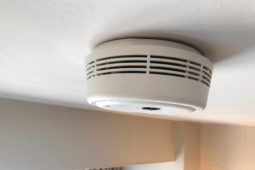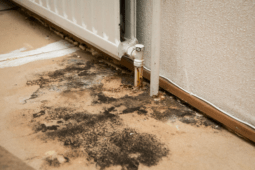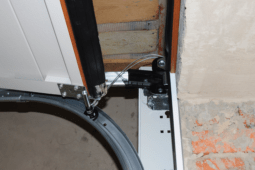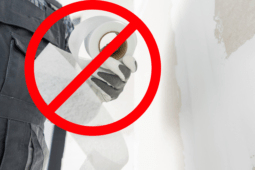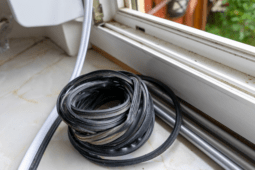The Magic of Mineral Spirits: Everything to Know
Mineral spirits, also known as paint thinner or white spirits, are indispensable tools for DIY enthusiasts and woodworkers. In this article, we’ll break down what mineral spirits are, how to use them, and essential safety precautions. Let’s dive in!
What Are Mineral Spirits?
Mineral spirits are petroleum-based solvents used for various purposes in DIY and woodworking. They are often derived from distilling crude oil and are designed to be effective cleaning agents and paint thinners. These versatile spirits are available in different types and grades, making them suitable for a range of tasks.
Uses of Mineral Spirits
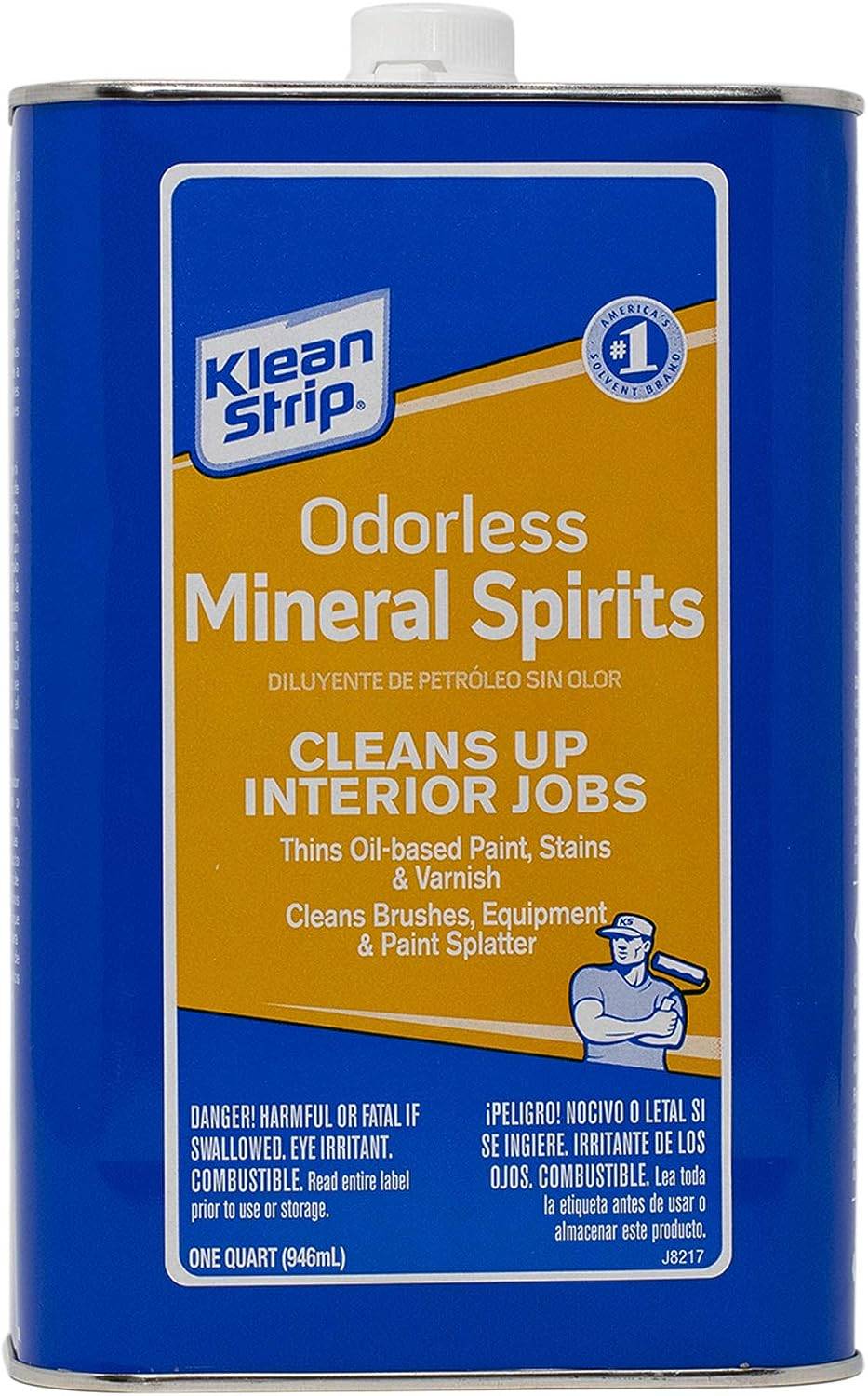
Mineral spirits are the unsung heroes of the DIY and woodworking world, offering a wide range of applications that can make your projects easier and more efficient. Let’s delve into these versatile uses in more detail:
1. Paint and Varnish Solvent: Mineral spirits excel as solvents for paint, varnish, and other coatings. When you’re in the midst of a painting project, and your brushes become caked with dried paint, or your freshly mixed paint needs to be thinned for a smoother application, mineral spirits come to the rescue. They are particularly effective at dissolving the often stubborn residues left behind by these materials.
When your brushes are saturated with old paint, simply soak them in a container of mineral spirits. The spirits will work their magic, softening the paint and making it easy to scrub or rinse off, leaving your brushes clean and ready for your next artistic endeavor.
Moreover, if you find your paint is too thick and not spreading smoothly, you can add a small amount of mineral spirits to thin it down to the desired consistency. This makes for smoother brush strokes and better coverage.
2. Cleaning and Degreasing: Mineral spirits are not limited to paint-related tasks; they are also invaluable for cleaning and degreasing. Whether you’re dealing with adhesive residue from stubborn stickers, grease, and grime on your tools, or the accumulated dirt and filth on various surfaces, mineral spirits can tackle these jobs with ease.
To remove adhesive residues, apply a small amount of mineral spirits to a cloth or sponge and gently rub the affected area. The spirits will dissolve the sticky residue, making it easier to wipe away without damaging the underlying surface.
When it comes to tools, particularly those that have seen heavy use in a garage or workshop, mineral spirits work wonders for cutting through grease and grime. Dip a brush or rag into the spirits and give your tools a thorough cleaning. This not only helps maintain your tools in excellent condition but also ensures they continue to perform at their best.
For surfaces that have accumulated dirt, such as wooden furniture or metal fixtures, a gentle wipe-down with mineral spirits can restore their original luster. It’s essential to follow up with a clean, dry cloth to remove any remaining residue and prevent streaking.
Types of Mineral Spirits
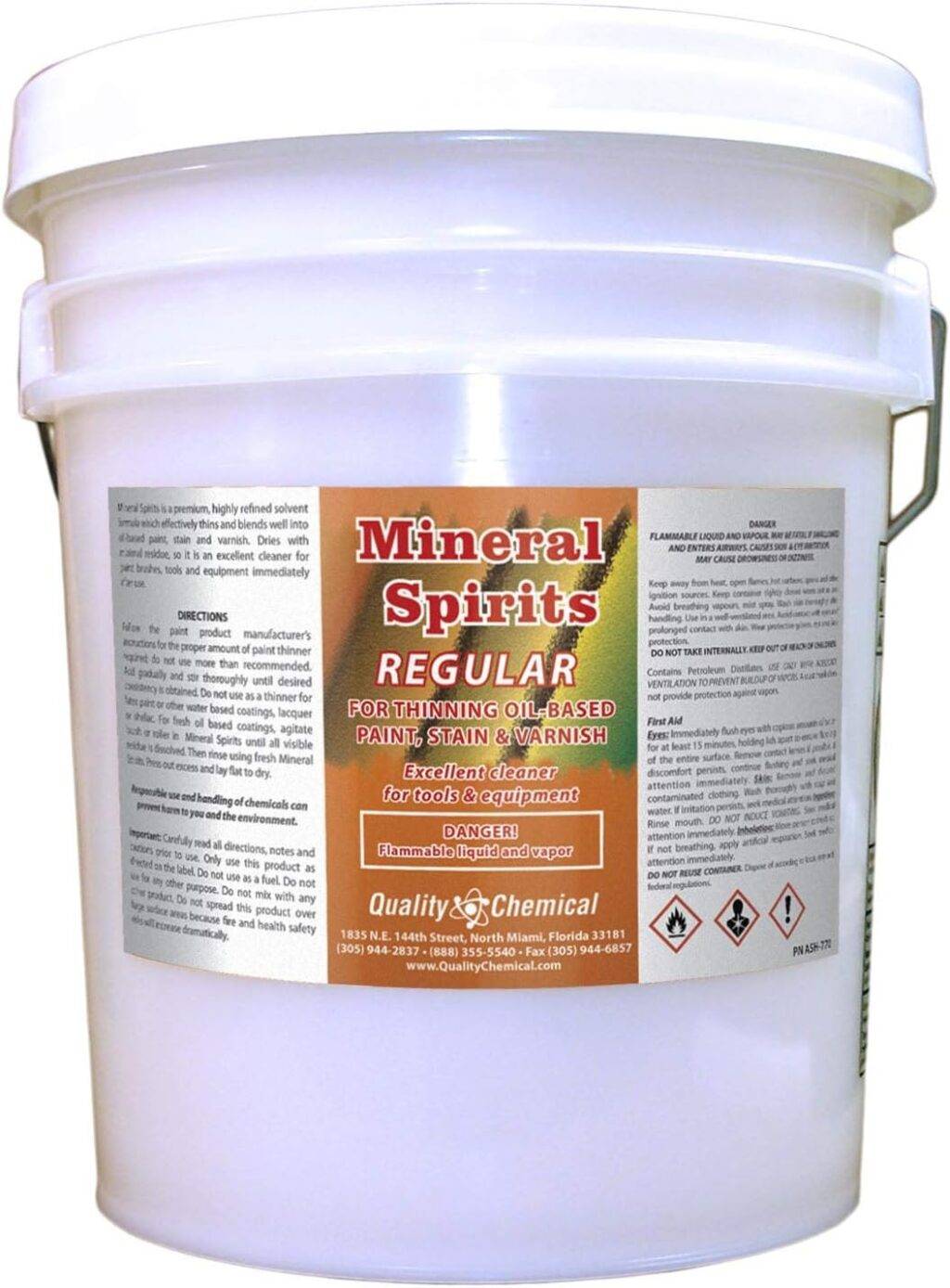
Mineral spirits come in various types and grades, and understanding the differences between them is crucial to selecting the right one for your specific task. Let’s explore the range of options available and their ideal applications:
1. Low-Odor Mineral Spirits: Low-odor mineral spirits are specially formulated to emit fewer fumes and have a milder scent compared to their regular counterparts. These spirits are the perfect choice when you’re working in enclosed or poorly ventilated spaces, such as small workshops, indoor projects, or rooms with limited airflow. The reduced odor makes the work environment more comfortable and minimizes the risk of inhaling strong fumes.
2. Regular Mineral Spirits: Regular mineral spirits are the all-purpose workhorses of the mineral spirits family. They are effective for a wide range of applications, making them the go-to choice for many DIY tasks. Whether you’re cleaning brushes, thinning paint, or tackling general cleaning and degreasing, regular mineral spirits get the job done. Their versatility and effectiveness make them a staple in most DIY toolkits.
3. High Flash Point Mineral Spirits: High flash point mineral spirits are engineered with safety in mind. These spirits have a slower evaporation rate and a higher flash point, meaning they are less volatile and less likely to ignite. Consequently, they are the preferred option when working on projects that require extended use of the solvent in areas where open flames or sparks are present or where ventilation is limited. High flash point mineral spirits are commonly used in industrial and commercial settings where safety is a primary concern.
When selecting the right type of mineral spirits for your project, it’s essential to consider your working conditions, the potential risks, and the task at hand. The appropriate choice will not only enhance the efficiency and safety of your project but also ensure a more comfortable and suitable work environment.
Safety Precautions
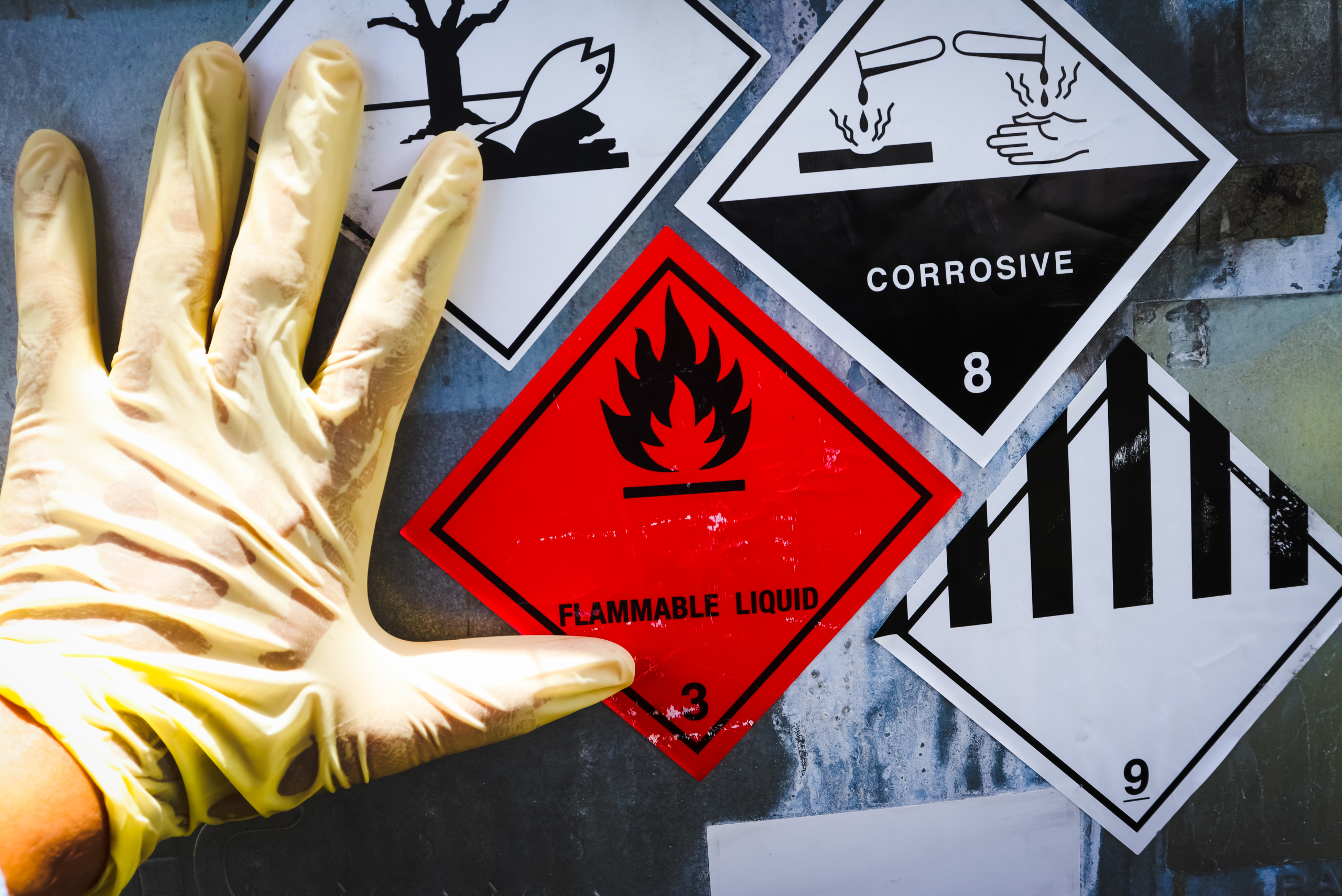
When working with mineral spirits, safety should be a top priority. Proper ventilation is crucial, as the fumes can be harmful when inhaled. Always wear the appropriate personal protective equipment, including gloves and safety goggles. Store mineral spirits in a cool, well-ventilated area away from open flames and heat sources. When disposing of used mineral spirits, follow local regulations and environmental guidelines.
Alternatives to Mineral Spirits
For those who prefer eco-friendly options or want to avoid the harsh chemicals in traditional mineral spirits, there are alternative solutions available. Bio-based and citrus-based solvents provide effective cleaning and paint-thinning capabilities without the same level of toxicity. These alternatives are friendlier to both you and the environment, making them a great choice for those looking to avoid using toxic chemicals.
Mineral Spirits vs. Paint Thinner: What’s the Difference?
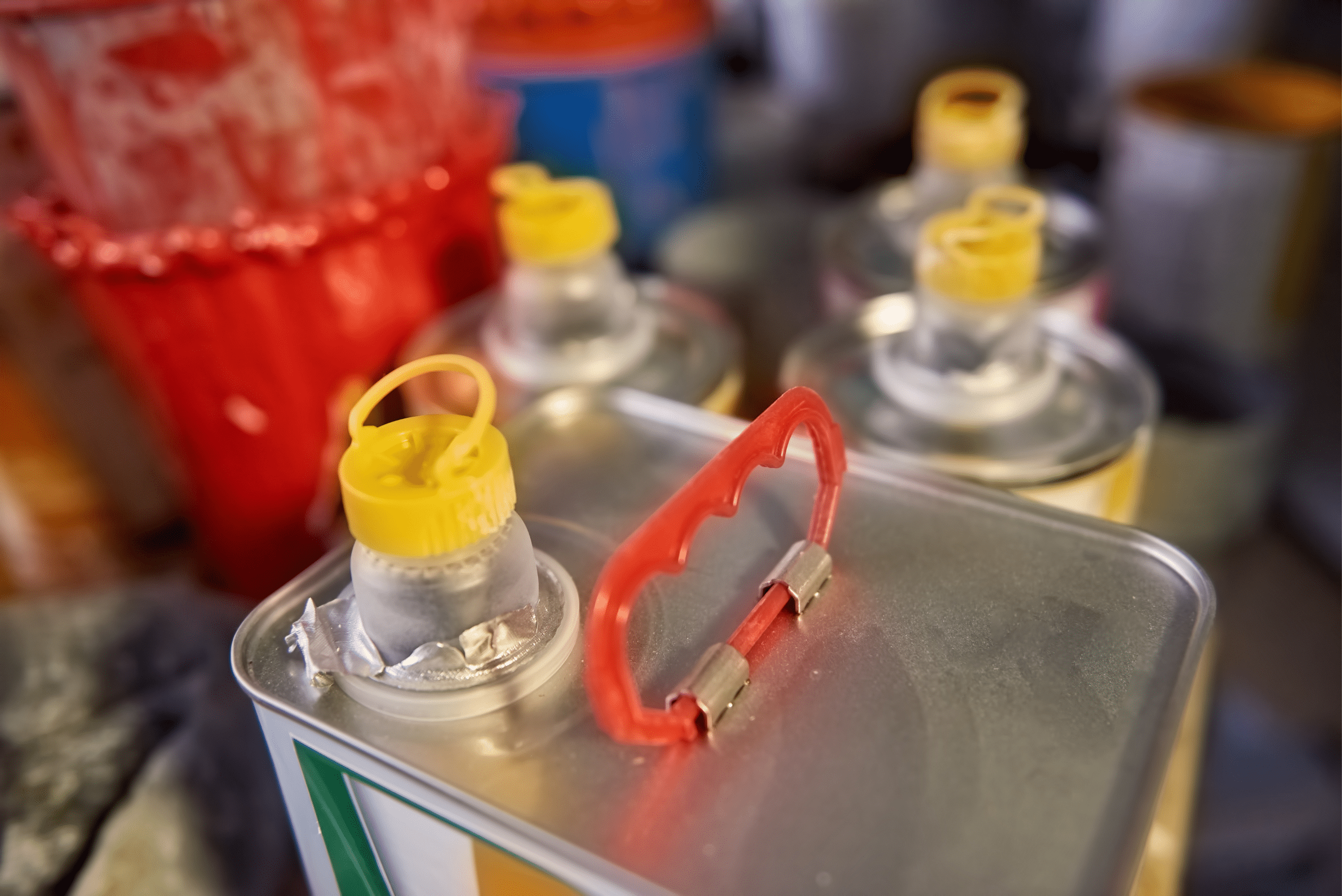
Mineral spirits and paint thinner are terms often used interchangeably, leading to some confusion in the world of DIY and woodworking. While they share some similarities, they are not precisely the same. Let’s break down the key differences between mineral spirits and paint thinner:
Mineral Spirits:
- Composition: Mineral spirits are a type of paint thinner. They are primarily refined from petroleum distillates, making them less toxic and milder in odor compared to other solvents.
- Versatility: Mineral spirits are versatile and can be used for various applications, including cleaning brushes, thinning paint, and degreasing surfaces and tools. They are known for their effectiveness and safety, especially in well-ventilated spaces.
- Low Odor Options: Low-odor mineral spirits are available, making them an excellent choice for indoor projects and enclosed spaces.
Paint Thinner:
- Composition: Paint thinner is a broader category of solvents that includes mineral spirits, but it can also encompass more potent solvents. These alternatives, such as turpentine or acetone, are generally harsher and have a stronger odor.
- Specific Uses: Paint thinner is often used specifically for thinning oil-based paints and cleaning painting equipment. It’s not as versatile as mineral spirits and can be less forgiving when used for other applications.
- Stronger Odor: Paint thinner typically emits stronger fumes, which can be overwhelming in enclosed spaces. Adequate ventilation and safety precautions are crucial when using paint thinner.
All in all, while mineral spirits and paint thinner are closely related, mineral spirits are a specific type of paint thinner known for their milder odor, versatility, and safety. Paint thinner, on the other hand, is a broader category that may include more potent and harsher solvents.
Tips for Using Mineral Spirits
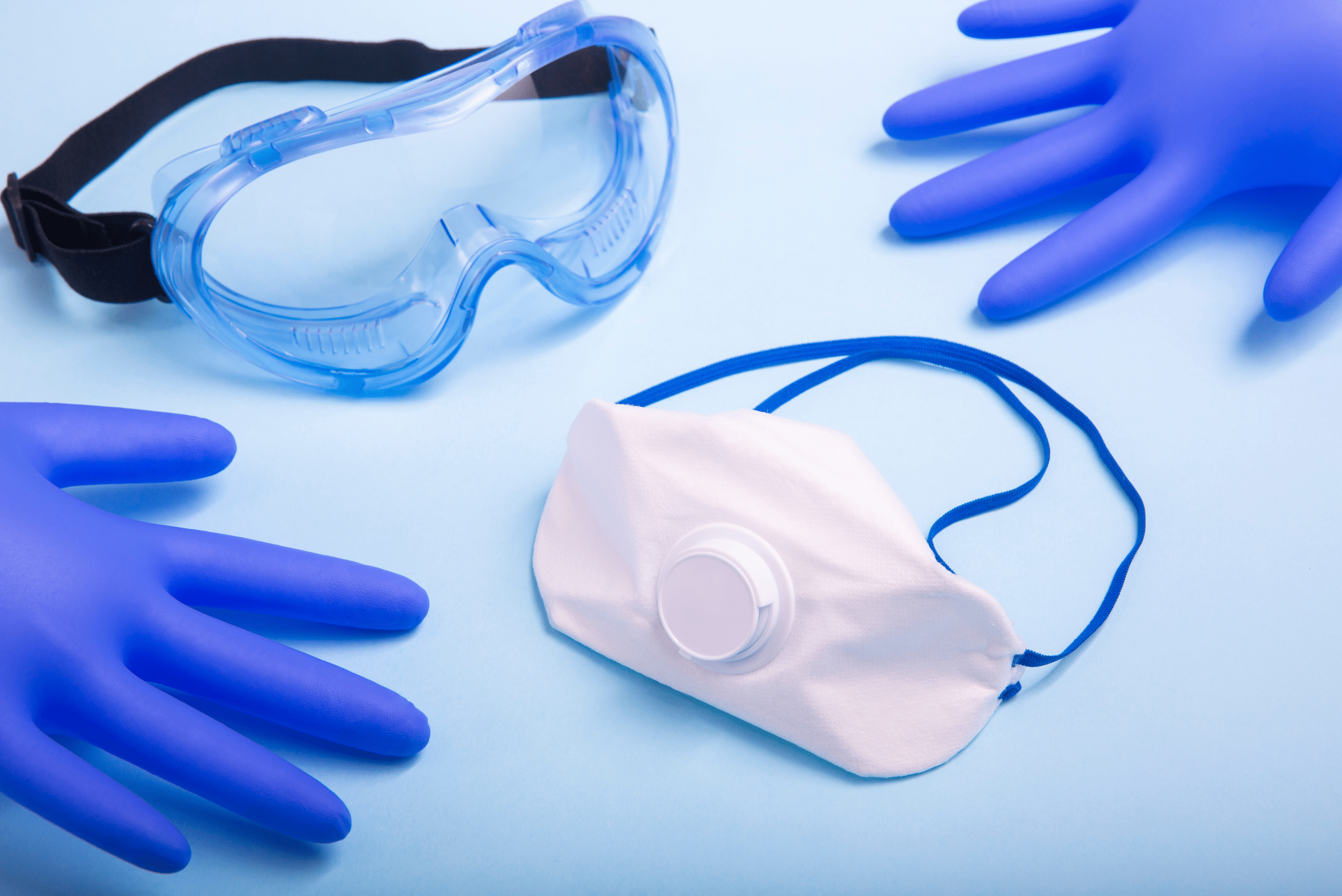
To make the most of mineral spirits in your DIY projects, follow these tips:
- Ensure proper ventilation in your workspace.
- Use the right type of mineral spirits for your specific task.
- Wear appropriate personal protective equipment.
- Store mineral spirits safely and away from heat sources.
- Dispose of used mineral spirits responsibly.
Mineral spirits are valuable tools for any DIY enthusiast. They can make your projects cleaner, easier, and more efficient. By understanding what mineral spirits are, how to use them, and taking the necessary safety precautions, you can confidently incorporate them into your DIY toolkit. So, get ready to tackle your next project with the help of these versatile spirits!


